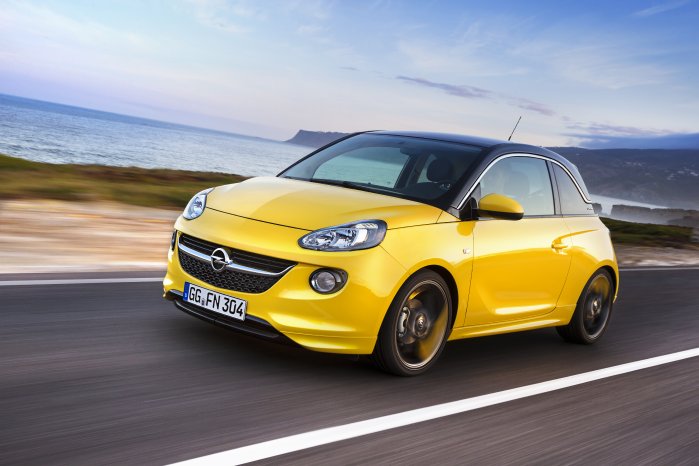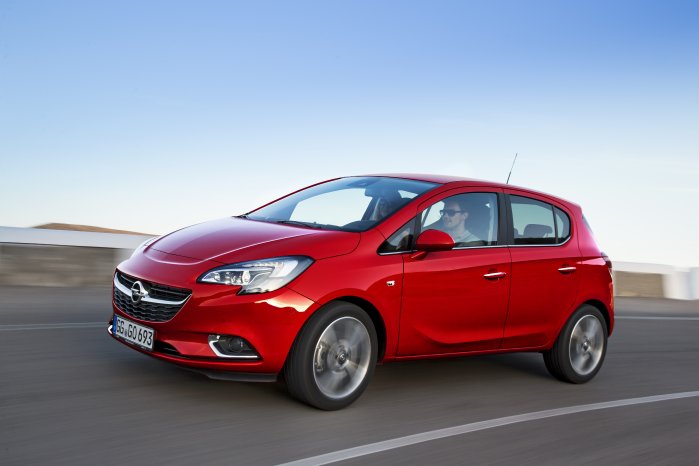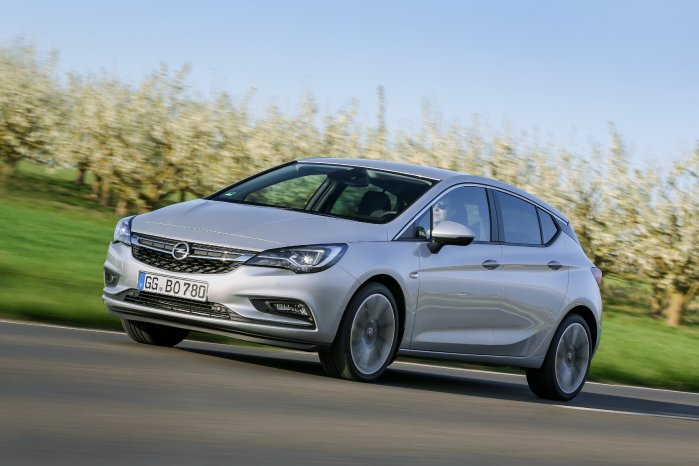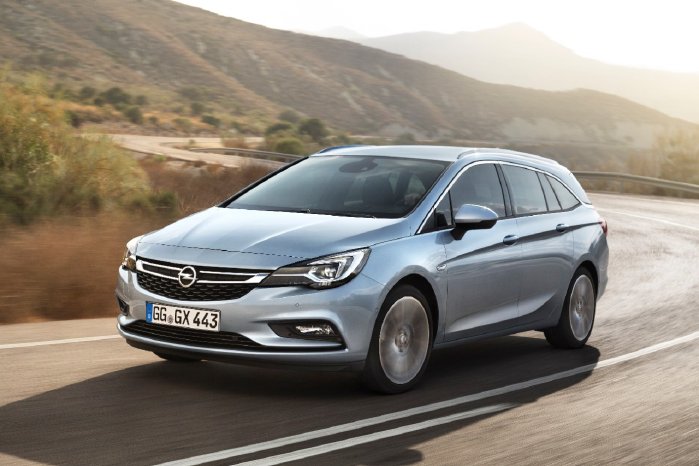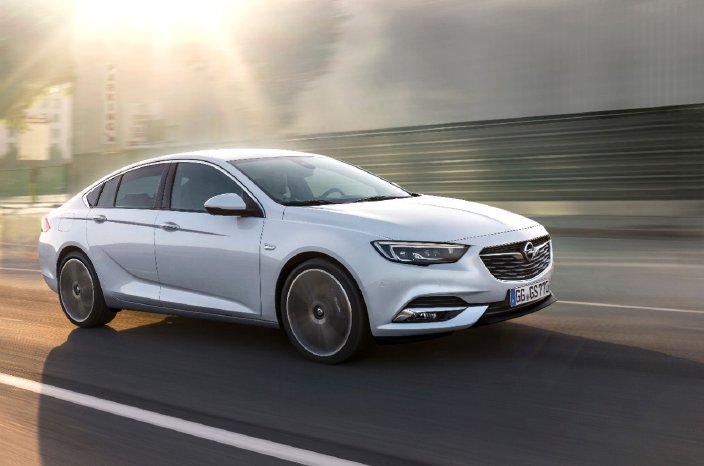- From ADAM to Zafira: Euro 6d-TEMP across the model range
- Optimum emissions controls: SCR diesels and gasoline particulate filter for 1.6 direct-injection petrol engine
- Next steps in Opel’s low emissions rollout: Corsa BEV, Grandland X plug-in hybrid
“Opel’s rapid transition to Euro 6d-TEMP is part of our aim to take a leading role in reducing emissions from automobiles”, says Managing Director Engineering, Christian Müller. “The next steps are four electrified models by 2020, including the next generation Corsa as a battery electric vehicle, and the Grandland X as our first plug-in hybrid. By 2024 we will be fully electrified, with a hybrid or a battery electric version of every passenger car model.”
In addition to a variety of newly developed engines, Opel is also adding state-of-the-art technology to current power units, in order to further optimise exhaust after-treatment for Euro 6d-TEMP. The Zafira, for example, receives a new version of the 1.6-litre direct-injection petrol engine. Consequently, all Zafira power units are now equipped with a particulate filter (including the petrol variant), while the diesels additionally feature Selective Catalytic Reduction (SCR) technology.
The new petrol engine version produces 100 kW/136 hp and is available with six-speed manual and automatic transmissions (fuel consumption[1]five-seater: urban 10.1-8.8 l/100 km, extra-urban 6.6-5.9 l/100 km, 7.9-7.0 l/100 km and 182-160 g/km CO2 combined). Close-coupling of the Gasoline Particulate Filter (GPF) enables optimum regeneration (i.e. oxidisation of the particles that accumulate in the filter), reducing particulate emissions as much as possible.
In the SCR process for diesel engines, AdBlue is injected into the exhaust gas. The solution decomposes into ammonia. Nitrogen oxides (NOx) enter the catalyst in the exhaust gas, and are then selectively reduced to nitrogen and water. With SCR and Euro 6d-TEMP compliancy, Opel’s diesel powered cars are unaffected by bans of diesel vehicles from city centres currently under discussion in Germany.
The Opel Grandland X compact sport utility vehicle (SUV) brings a new diesel to the brand’s powertrain portfolio. The new engine is designed to meet strict future emissions requirements thanks to an innovative oxidation catalyst/NOx adsorber coupled with Selective Catalytic Reduction (SCR).
Producing 96 kW/130 hp and developing maximum torque of 300 Nm at 1750 rpm, the new 1.5-litre, four-cylinder, turbocharged diesel is offered with a six-speed manual gearbox (fuel consumption[1] urban 4.7-4.7 l/100 km, extra-urban 3.9-3.8 l/100 km, 4.2-4.1 l/100 km and 110-108 g/km CO2 combined) as well as an advanced eight-speed automatic transmission (fuel consumption[1] urban 4.5-4.4 l/100 km, extra-urban 4.0-3.9 l/100 km, 4.2-4.1 l/100 km and 109-108 g/km CO2 combined). The eight-speed automatic not only offers seamless shifting, but thanks to its low friction design, also further reduces fuel consumption and emissions.
The 1.6-litre diesel engines of the Insignia are also equipped with SCR technology (fuel consumption[1] 81 kW/110 hp 1.6D Grand Sport: 5.2 l/100 km urban, 3.9 l/100 km extra-urban, 4.4 l/100 km and 116 g/km CO2 combined; Sports Tourer: 5.4 l/100 km urban, 4.2 l/100 km extra-urban, 4.6 l/100 km and 121 g/km CO2 combined; fuel consumption[1] 100 kW/136 hp 1.6D Grand Sport: 7.0-5.8 l/100 km urban, 4.6-4.2 l/100 km extra-urban, 5.5-4.8 l/100 km and 144-126 g/km CO2 combined; Sports Tourer: 7.0-6.0 l/100 km urban, 4.7-4.5 l/100 km extra-urban, 5.5-5.0 l/100 km and 146-132 g/km CO2 combined).
Despite the moderate fuel consumption, the Insignia 1.6D delivers superior performance, accelerating from zero to 100 km/h in 10.5 seconds and reaching a maximum speed of 212 km/h.
Opel’s Euro 6d-TEMP offensive continues with the Astra. The 1.6-litre petrol engine producing 147 kW/200 hp and 300 Nm of torque, now features a Gasoline Particulate Filter (GPF). With six-speed manual or automatic transmissions, the 1.6 Turbo can power the Astra hatchback and Sports Tourer to a maximum speed of 235 km/h and enable zero to 100 km/h acceleration in 7.8 or 7.9 seconds respectively (fuel consumption[1] hatchback: 8.4-8.2 l/100 km urban, 5.4-5.0 l/100 km extra-urban, 6.5-6.2 l/100 km and 151-144 g/km CO2 combined; fuel consumption[1] Sports Tourer: 8.5-8.3 l/100 km urban, 5.5-4.9 l/100 km extra-urban, 6.6-6.2 l/100 km and 154-144 g/km CO2 combined).
The Astra hatchback’s 1.6-litre turbo-diesel engine with 100 kW/136 hp and 320 Nm of torque (fuel consumption[1] six-speed manual transmission: 5.5-5.3 l/100 km urban, 4.1-3.9 l/100 km extra-urban, 4.6-4.4 l/100 km and 121-116 g/km CO2 combined; fuel consumption[1] six-speed automatic transmission: 6.1-5.9 l/100 km urban, 4.2-3.9 l/100 km extra-urban, 4.9-4.6 l/100 km and 130-122 g/km CO2 combined) is equipped with Selective Catalytic Reduction (SCR) technology for further reduction of nitrogen oxide emissions. The new 1.6D will also become available on the Sports Tourer estate in the near future.
[1] WLTP measurements converted to NEDC values for comparison.

